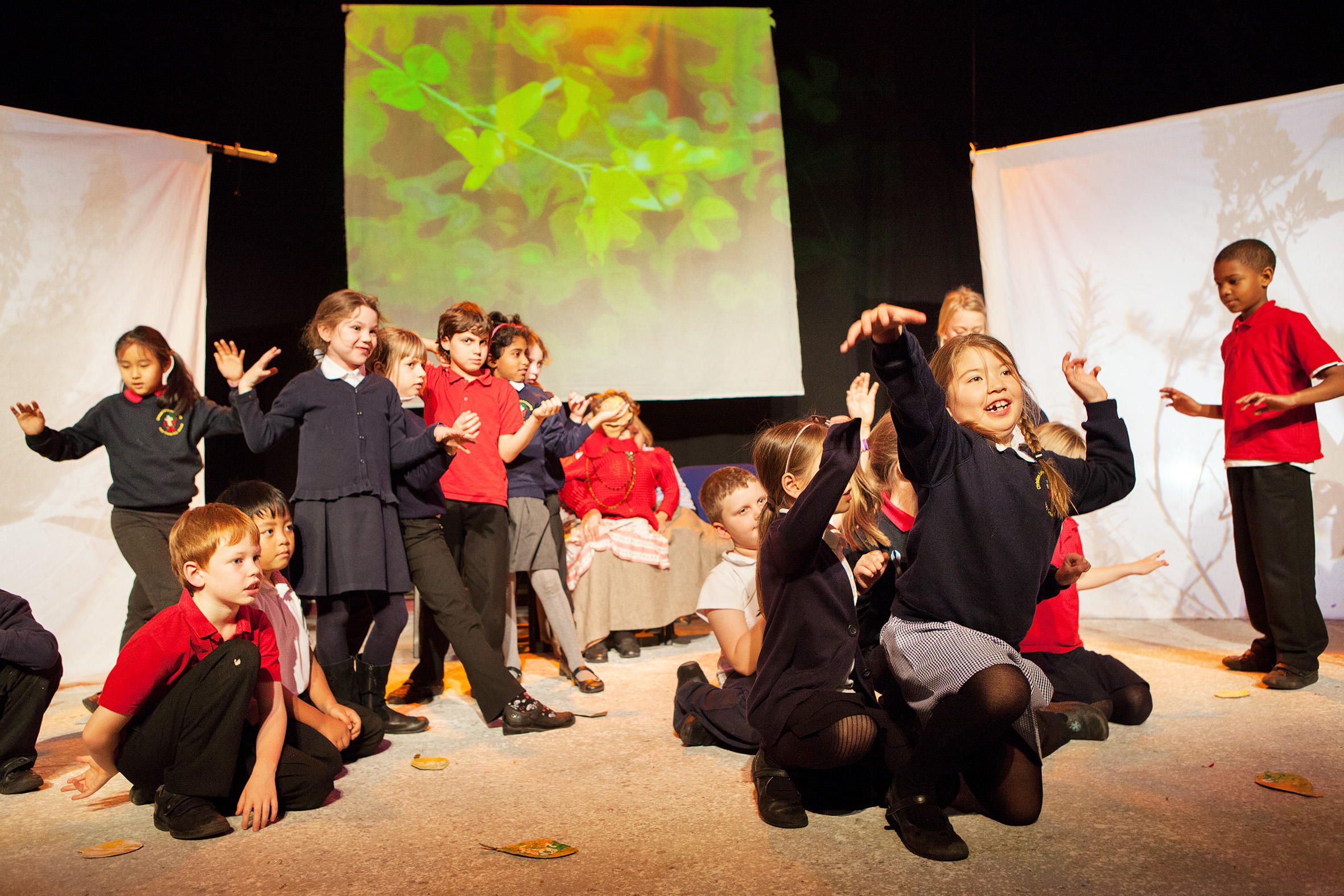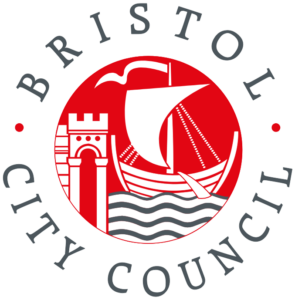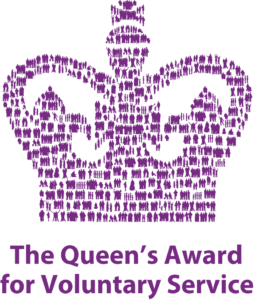At the core of our work, we are a community theatre. We create new plays with marginalised people, using a devising method which enables participants to use their own experiences and imaginations to create theatre which reflects and celebrates their lives, and is relevant to the wider community.
We believe that this not only benefits the participants, but enriches and energises theatre with new ideas and cultural influences.
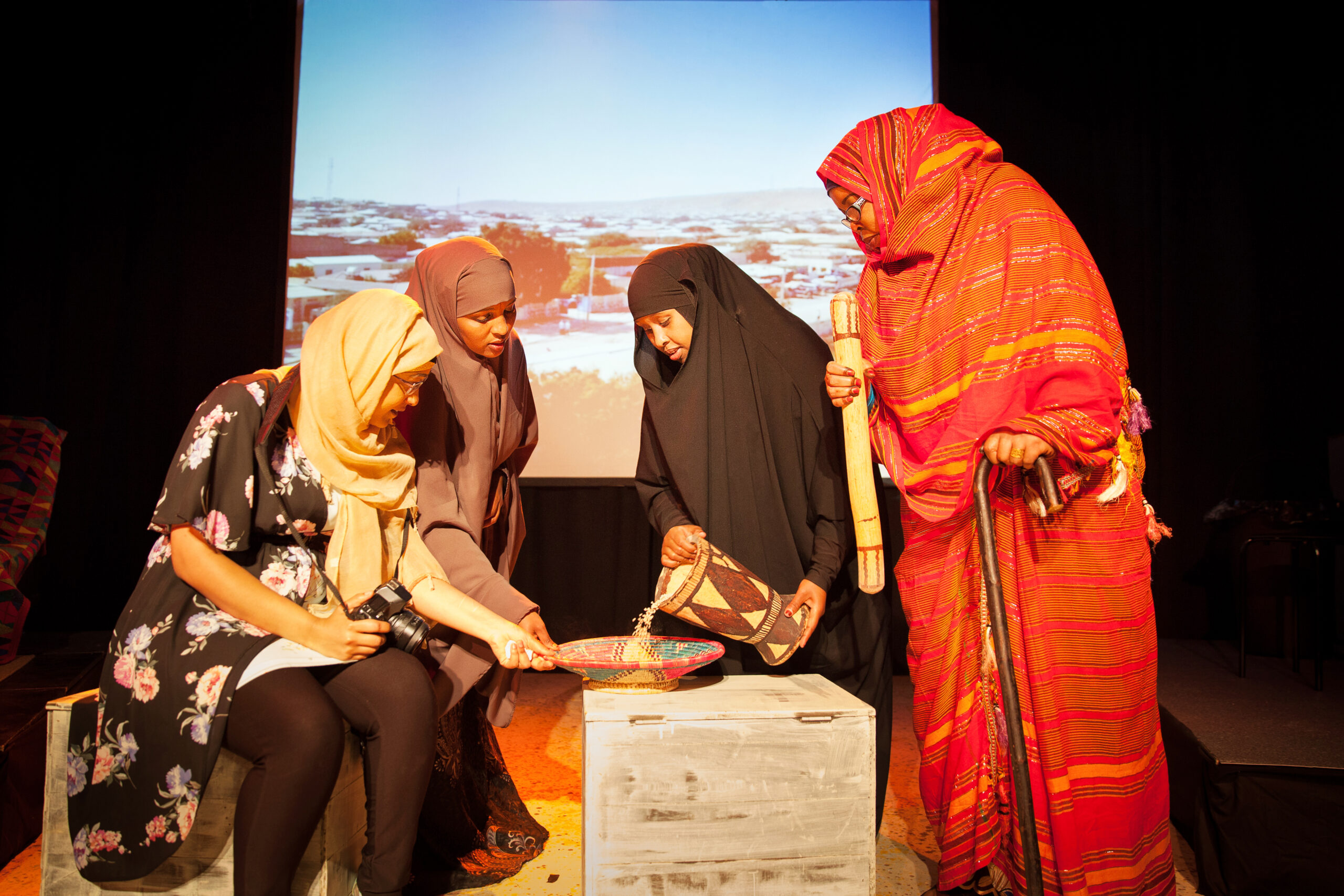
What is the purpose of community theatre?
Involvement in community theatre develops self esteem, problem solving, creativity and confidence in participants. It also creates new, original, and above all relevant performances both for our participants and our audiences.
What benefits does community theatre have?
Community theatre also develops group and social skills including: co-operative working, communication skills, encouraging creative thinking and problem solving, building initiative and improving group dynamics.
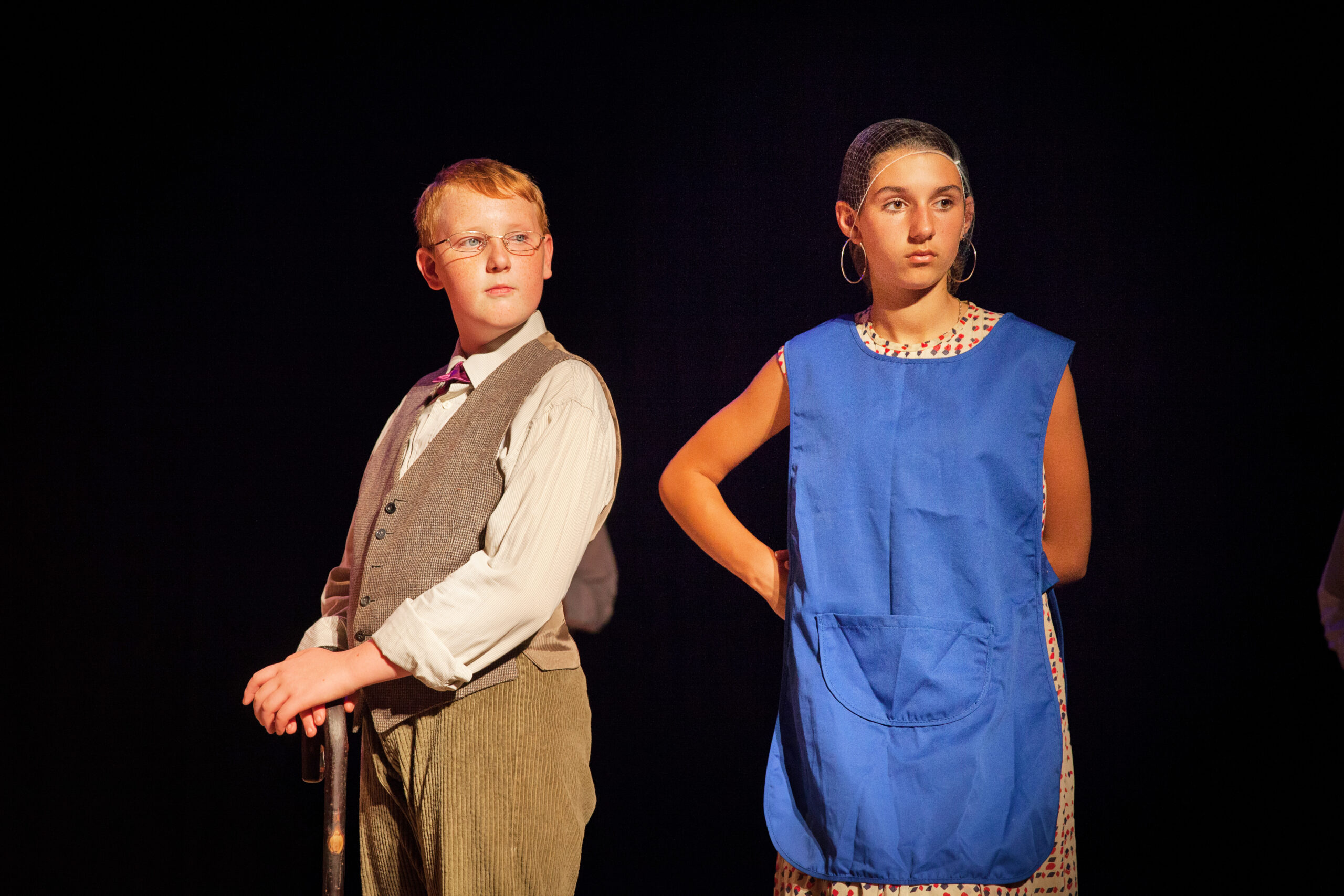
How does Community Theatre work?
There are many different approaches to community theatre, and over the years acta has developed our own original methodology. acta creates a safe and supportive environment where members participate in a range of acta’s original theatre games and exercises to enable the devising of an original theatre show.
One of acta’s original methods is the Julie Story, which is the creation of a group story that we can then develop into a theatre piece. This method values all the participants’ input, and all their ideas and creative thoughts.
How does the Julie Story method work?
Our Julie Story technique is a very simple framework designed to get participants thinking creatively. The facilitator stands in front of the participants with a flipchart, draws a stick figure and asks “Who is this?”. Members of the group are encouraged to shout out a name – and the first one the facilitator hears, they write that down. From here, further questions are asked such as “Where do they live? Who do they live with? What do they do every day?”. These questions build until a fully formed character has been created. From here you can make more characters.
How do you make a story around characters?
Once the characters are set, the facilitator asks a question to encourage story development such as “A real crisis has occurred and there’s a big problem. What is it? How will it affect the characters’ life?” The facilitator continues to write down group answers, building the story, and beginning to ask the group more definite questions, eg: ‘How would you dramatise that incident? ‘Who would be in that scene?’ ‘Would the character talk to their best friend about this?’ From here the facilitator, together with the participants, can start writing a scenario for the group to improvise.
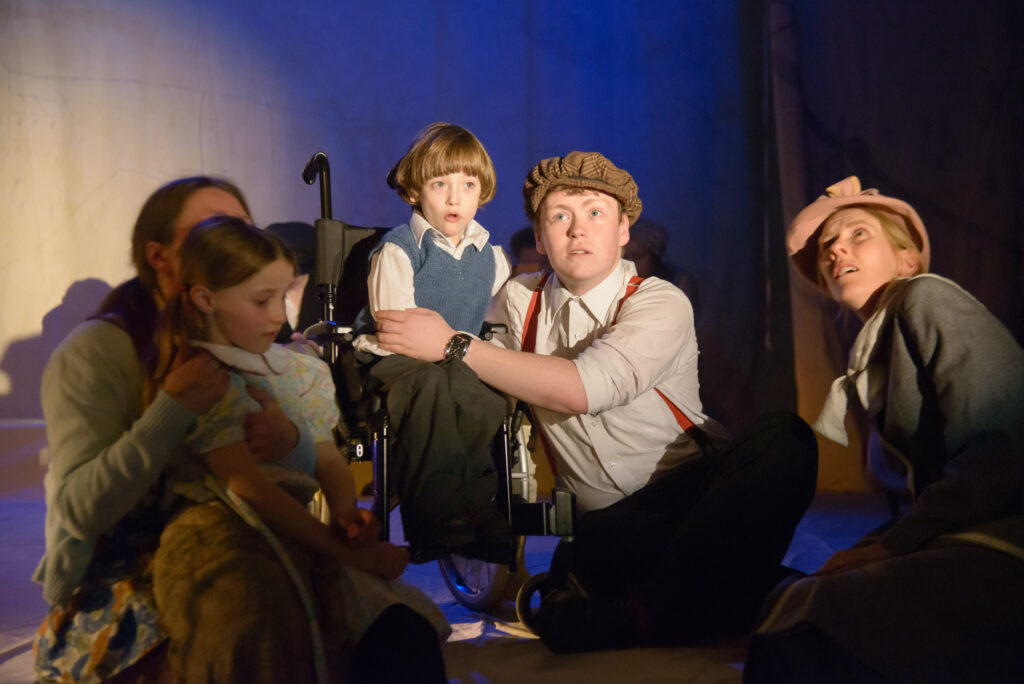
By this stage, the whole group should be engaged in discussing the story, making suggestions, contributing ideas. When the scenario is developed (although it doesn’t need to be finished), the facilitator suggests that the scenes are improvised by group members, to see how the story could be turned into performance. The scenes are then discussed, more scenes are created, the scenario is developed, completed, and can be performed. This process is a good way of building a performance with a group. The story can be broken into scenes which group members can create in smaller teams away from the main group, then sharing with each other.
If you feel this work would benefit groups that you work with, please see our Bespoke Projects page.
